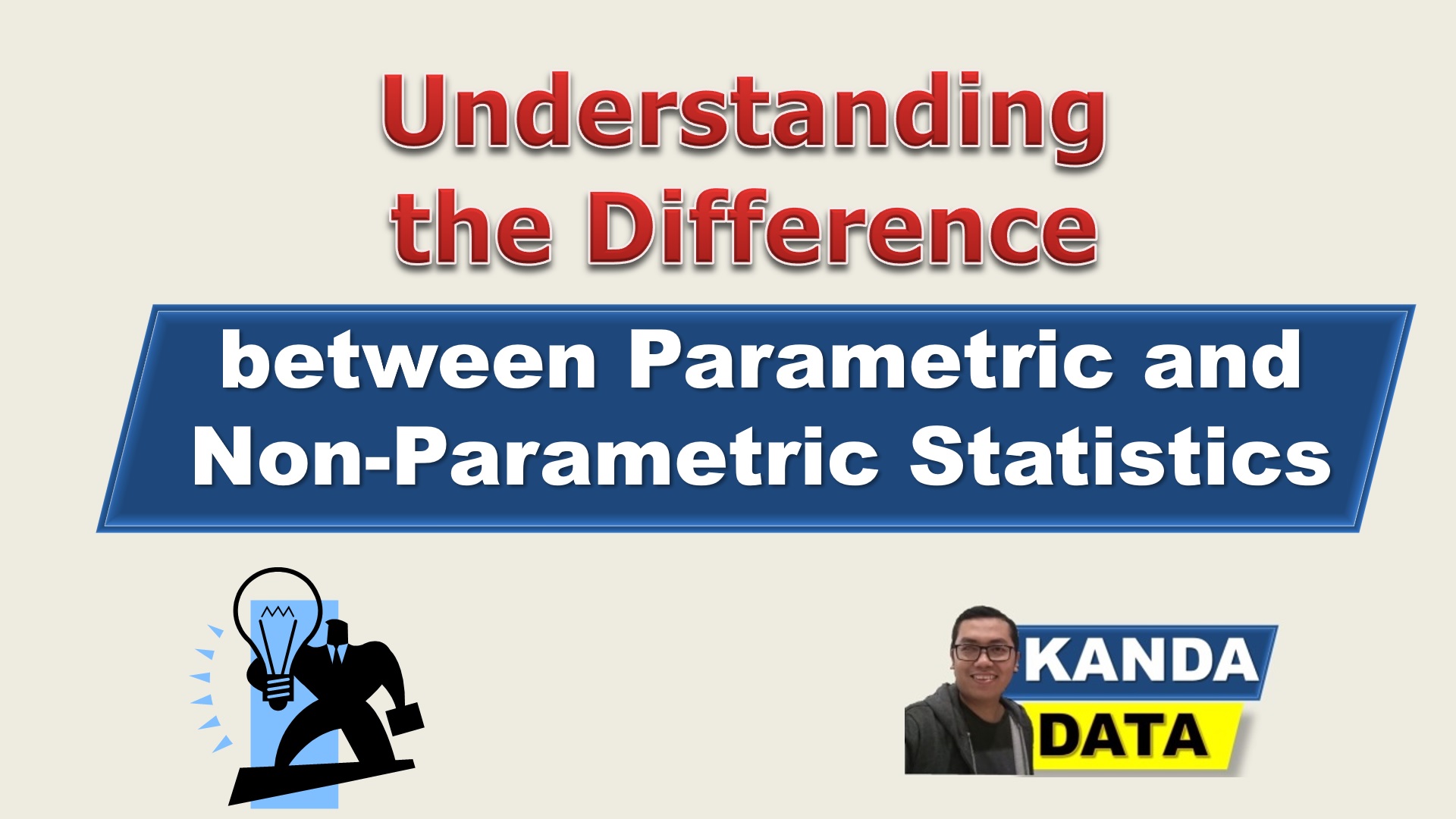The selection of data analysis methods is an important step that researchers must prepare. The correct analytical method will obtain the proper conclusion.
Statistical hypothesis testing can be grouped into two, namely parametric statistics and non-parametric statistics. We need to have a deep understanding of the difference between parametric statistics and non-parametric statistics.
As researchers, we must choose the correct and scientifically justifiable analytical method. The difference in the scale of data measurement will determine whether to use parametric or non-parametric statistics.
Hypothesis testing on parametric statistics can be used to test differences in the population’s mean. Therefore, in parametric statistics, there is an assumption that the data is normally distributed.
As for non-parametric statistics, there is no need to assume that the data must be normally distributed. In non-parametric statistics, we can use the median.
As I have conveyed before, the choice of parametric or non-parametric statistics will depend on the data’s scale of measurement. The data measurement scale can be divided into nominal, ordinal, interval, and ratio scales.
For more complete information, you can read the article entitled: “Nominal, Ordinal, Interval, And Ratio Scales | Types Of Data Measurement“
Parametric Statistical Test
Parametric statistical tests have a variety of options. Statistical tests were determined based on the research objectives and the data measurement scale.
Variables measured using interval and ratio data scales can use parametric statistical tests. In this parametric statistical test, several assumptions must be fulfilled.
Test parametric statistics using variables with interval/ratio scales adjusted to the research objectives. Several studies determine the effect, relationship, or comparative test.
To test the effect of a variable on other variables, we can use regression, correlation test can use correlation test, and different tests can use comparison tests. In the selection of these tests, the assumptions must be fulfilled.
Non-Parametric Statistical Test
The non-parametric statistical test does not have strict assumption requirements compared to the parametric statistical test. The test also does not require the data to be normally distributed.
Variables measured by nominal and ordinal data scales can use non-parametric statistical tests. In non-parametric statistical tests can also be tested as well as in parametric statistics.
Non-parametric statistical tests include the Spearman rank correlation test, the Mann-Whitney test, and the Wilcoxon test. We can choose non-parametric statistical tests depending on the research’s purpose and the variables’ scale of measurement.
Based on what I conveyed in the paragraph above, we can now distinguish parametric and non-parametric statistics.
An important note for us is that we do not recommend choosing parametric statistical tests on variables measured by nominal and ordinal scales and vice versa.
We need to choose the correct statistical test. We can consider using parametric statistical tests on variables measured on an interval/ratio scale. Then, we can use non-parametric statistical tests on the variables measured on a nominal/interval scale.
Well, that’s the topic of Kanda Data’s discussion on this occasion. Hopefully useful for all of you. See you in the following article update!

